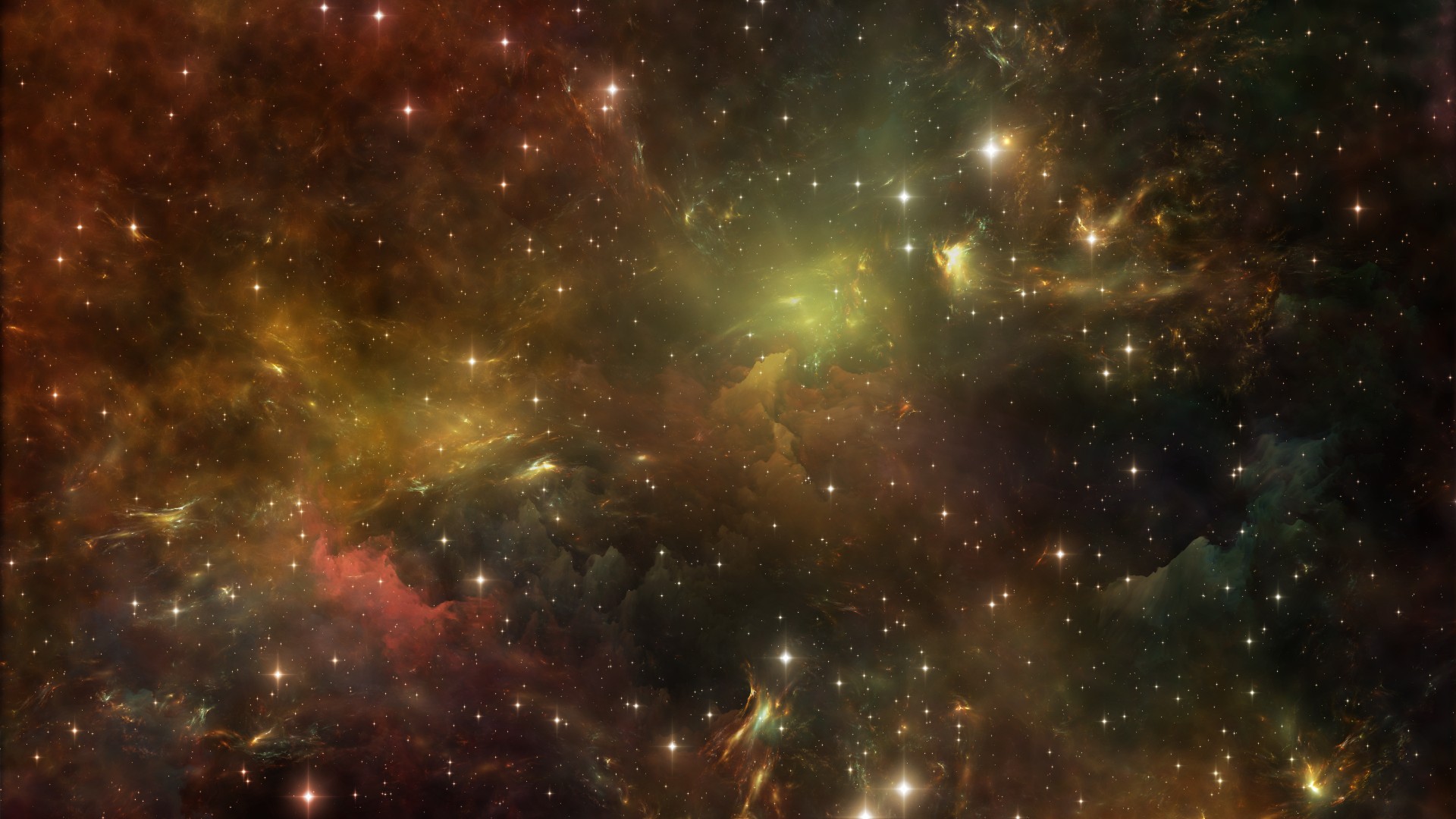
# Fresh Insights on Dark Energy Indicate Our Universe May Not Be the ‘Most Life-Supportive’
In a pioneering study, scientists from Durham University have introduced a new theoretical framework that questions long-held beliefs about the essential conditions for life to develop in the cosmos. The research, published in the *Monthly Notices of the Royal Astronomical Society* on November 13, 2024, explores the link between dark energy and the chances of life emerging in varying universes. The team’s unexpected conclusions imply that our universe, characterized by a distinct dark energy density, might not be the best environment for nurturing life after all.
## A New Equation for Existence
The concept of assessing the odds of life in the universe is not unprecedented. In the 1960s, the astronomer Frank Drake devised the renowned Drake Equation, which estimates the quantity of extraterrestrial civilizations in our galaxy based on a set of astronomical criteria. Nonetheless, the researchers at Durham University adopted a fresh perspective by examining not only the stars and planets within our galaxy but also the attributes of the universe itself. At the core of their model lies the critical influence of dark energy, an enigmatic aspect of the universe that propels its accelerated expansion.
As stars develop, they create conditions conducive to planet formation, which in turn provides environments for life to evolve. By focusing on dark energy and its impact on star creation, the researchers’ model paves a new path for understanding how cosmic elements may enhance the likelihood of life in certain universes over others.
## Our Peculiar Cosmos
What does this innovative model indicate about our universe?
Dr. Daniele Sorini, who led the study at Durham University, underscores the importance of understanding dark energy’s role in cosmic phenomena. “Grasping dark energy and its effect on our Universe represents one of the most significant hurdles in cosmology and fundamental physics,” remarks Sorini. According to his team’s findings, dark energy could enlighten us on why some universes—rather than others—are more favorable for star creation and, as a result, the potential for life to arise.
The model reveals an unexpected insight: a universe that maximizes star formation would transform roughly 27 percent of ordinary matter into stars. In contrast, currently, only 23 percent of ordinary matter in our universe forms into stars. This notable difference suggests that our universe may not provide the most advantageous conditions for life formation, at least based on the predictions of this new model.
## The Fragile Equilibrium of Dark Energy
Dark energy has a significant impact on the ultimate trajectory of the universe through the acceleration of its expansion. Simultaneously, gravity acts to cluster matter, resulting in the formation of stars, planets, and other cosmic structures. The researchers assert that this balance between expansion and structural formation is precariously delicate, allowing galaxies, stars, and planets to endure for billions of years—sufficient time for life to develop.
For intelligent life to arise, stars similar to our Sun need to maintain extraordinarily long lifespans, during which stable planetary systems can develop and mature. Intriguingly, the team discovered that universes with elevated levels of dark energy could still support life. “Unexpectedly, we found that even a considerably higher dark energy density would remain compatible with life, suggesting we may not inhabit the most probable of universes,” Sorini observed.
This perspective casts our universe in a new light: although it contains the necessary elements for life to form, other theoretical universes (as posited by multiverse theory) might offer even more favorable conditions for life than our own.
### Terminology
– **Dark energy**: A mysterious force that accelerates the expansion of the universe.
– **Structure formation**: The process through which matter aggregates to create galaxies, stars, and planets.
– **Multiverse**: A theoretical concept proposing the existence of multiple universes, each with unique physical characteristics.
– **Drake Equation**: A formula developed to estimate the number of communicative extraterrestrial civilizations in our galaxy.
### Assessment
1. **What is the percentage of ordinary matter that is transformed into stars in our universe?**
Answer: 23 percent.
2. **What would be the percentage in an optimally efficient universe?**
Answer: 27 percent.
3. **What fraction of our universe consists of dark energy?**
Answer: Over two-thirds.
4. **What effect does dark energy have on the universe?**
Answer: It accelerates expansion, countering the gravitational attraction.
## Concluding Remarks
This research adds a new dimension to our comprehension of the universe and the elements that cultivate the emergence of life. While our universe undoubtedly possesses conditions supportive of life, it may not be as ‘life-sustaining’ as previously believed. This revelation could also affect our interpretation of the extensive multiverse hypothesis—could there potentially be other universes that are even more accommodating to life than ours?
Moreover, the study highlights the significance